
San Giobbe Altarpiece
Venice
Late 1400
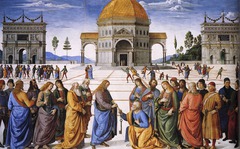
Christ delivering the keys of the Kingdom to Peter
Vatican
Late 1400

San Zeno Altarpiece
Verona
Late 1400
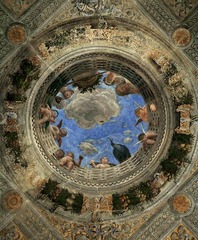
Oculus
Mantua
Late 1400
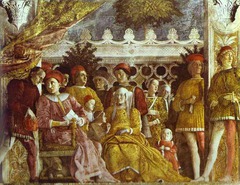
The Gonzaga Family
Mantua
Late 1400

Pallas expelling vices from the garden of Virtue
Paris
End 1400- begin 1500
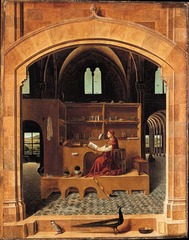
St. Jerome in his study
London
Late 1400
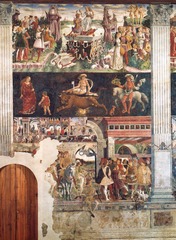
Month of April
Ferrara
Late 1400
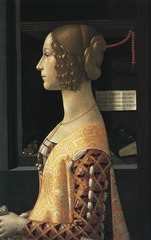
Portrait of Giovanna Tornabuoni
Madrid
Late 1400
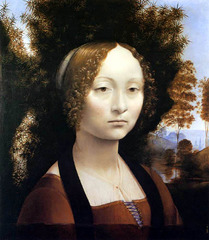
Portrait of Ginevra Benci
Washington DC
Late 1400
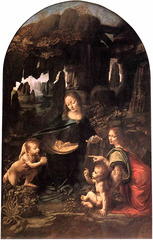
Virgin of the rocks
Paris
Late 1400
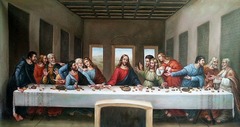
Last Supper
Milan
End 1400
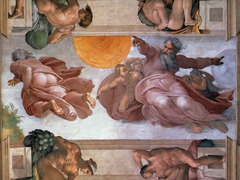
Creation of the sun and moon
Sistine Chapel
Early 1500

Creation of Adam
Sistine Chapel
Early 1500

Delphic Sibyl
Sistine Chapel
Early 1500
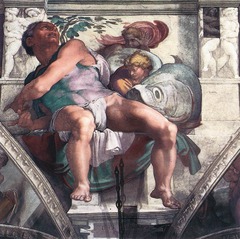
Jonah
Sistine Chapel
Early 1500
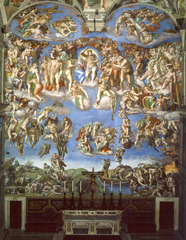
Last Judgement
Sistine Chapel
Mid 1500

Sacred and Profane Love
Rome
Early 1500
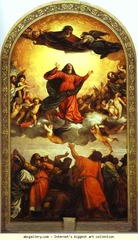
Assumption of the Virgin
Venice
Early 1500
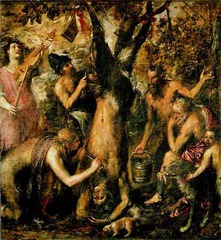
Flaying of Marsyas
Poland
Late 1500

Assumption of the Virgin
Parma
Mid 1500

Jupiter and Io
Vienna
Mid 1500
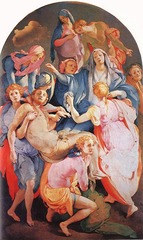
Descent from the Cross
Florence
Mid 1500
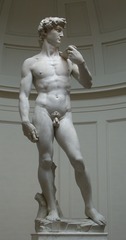
David
Florence
Early 1500
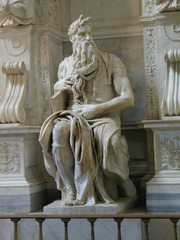
Moses
Rome
Early 1500
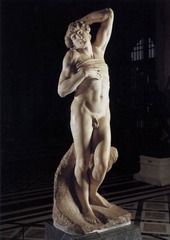
Dying Slave
Paris
Early 1500
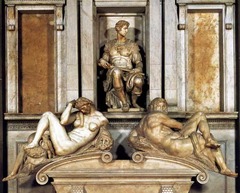
Dusk and Dawn
Florence
Mid 1500
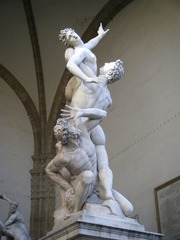
Abduction of the Sabine Women
Florence
Late 1500
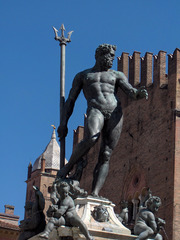
Neptune
Bologna
Mid 1500
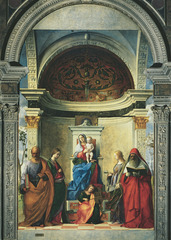
San Zaccaria Altarpiece
Venice
Early 1500
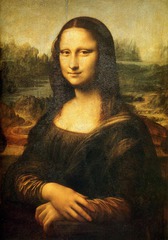
Mona Lisa
Paris
Early 1500
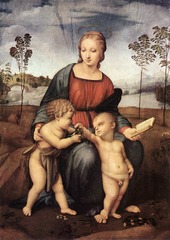
Madonna with the Goldfinch
Florence
Early 1500
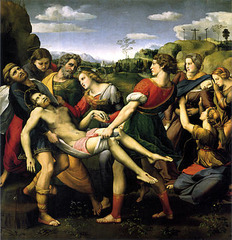
Transportation of the dead Christ
Rome
Early 1500
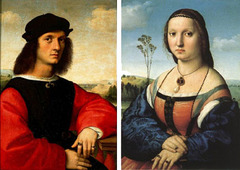
Portraits of Agnolo and Maddalena Doni
Florence
Early 1500
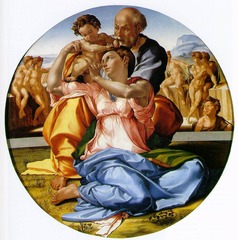
Tondo Doni
Florence
Early 1500

The School of Athens
Vatican
Early 1500
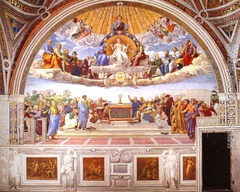
Disputa on the Sacrament
Vatican
Early 1500

Fire at Borgo
Vatican
Early 1500
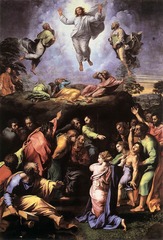
Transfiguration
Vatican
Early 1500
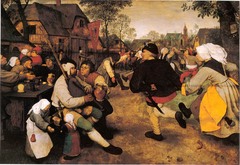

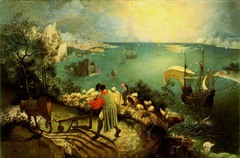
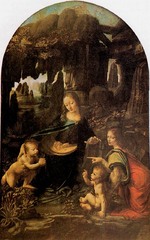
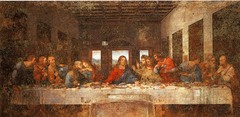
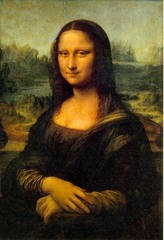
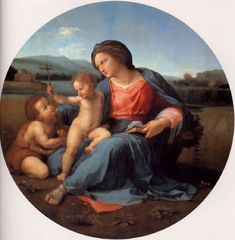



Early Renaissance 15th century (Quattrocento)
High Renaissance 16th century (Cinquecento)
-Age of scientific discoveries, technological advancement
-Unity of arts and sciences
-Cult of the Uomo universale, universal man, genius
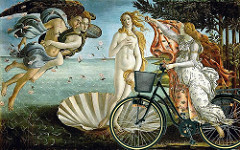
-Artists worked for the Medici
-Literary inspiration: poem by Humanist Angelo Poliziano
-Non-religious motif of vaguely antique/pagag inspiration
-Iconograpy: Venus, Classical goddess of Love, sea born on a shell, arrives on her sacred island Cyprus
-She is moved by Zephyrus, god of wind, left
-Nymph Pomona, right, to receive her with embroidered mantle
-Created at the end of Quanttrocento, but anticipates the High Renaissance
-Volumetric bodies, mythological themes (mythology= sotries about the gods and heroes of Classical Antiquity)
-Iconography increasingly divorced from religious themes
-Hedonistic enjoyment of the Senses (Hedonism=enjoyment of pleasure for its own sake)
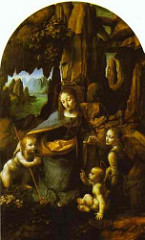
-Da Vinci- Leonardo from the (town) of Vinci (near Florene)
-Multiple talents: military engineering, geography, anatomy, sculpture and painting
-Trained in sculptor Andrea del Verocchio’s studio
-After 1481 employed by Ludovico Sforza, Duke of Milan
-Commissioned as central panel of alterpiece in the chapel of the Confraternity of the Immaculate Conception in Milan
-“Virgin on the Rocks” painter for this patron
-Formal analysis: pyramidal compostion
-Iconography: Infant St. John (praying) blessed by Christ Child, Mary, angel
-Example for atmospheric perspective (misty, soft focus atmosphere)

-Preparatory sketch for oil painting
-Atmospheric perspective
Conventions relaxed over previous work: Christ child playing with Infant St. John the Baptist


-examples of pages from da Vinci’s manuscripts
Indicated the range of his scientific interests; marriage arts and science

-Appropriate subject for the refectory- dining hall of a convent
-Emphasis on the theme of the Eucharist: Wine- Christ’s blood; Bread- Christ’s body; strictly single-point perspective
-Leonardo’s psychological introspection: moment of Christ’s statement “One of you will betray me”
-Disciples wonder “who can it be”
-Fresco deteriorated badly, result of Leonardo’s unfortunate experiements with materials- more restored color than original substance
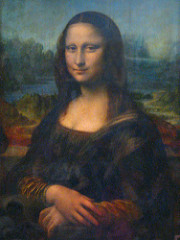
-Identified by Giorgio Vasari (first art historian) as Lisa di Antonio Maria Gherardini, a wealthy Florentine woman
-Famous for her enigmatic smile
-Excellent example for sfumato (soft-focus, misty atmosphere, similar to atmospheric perspective)
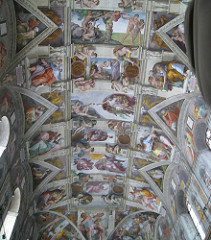
-One of the most ambitious artistic undertakings in human history
-Part of a large building program started by pope Julius II (“warrior pope”) for the Vatican
-Prior to receiving the commission, Michelangelo worked mostly as a sculptor
-Volumetric body-type is typical for that of a sculptor
-Multiple challenge:size (5,800 square feet), curvature of ceiling distance to floor (70 feet)
-How to maintain visual illusionism?
-Iconographic programs: Book of Genesis- Creation, Fall, Redemption of Humanity
-Start: God separating Light and Dark
-Finish: Drunkenness of Noah
-In-between: Creation of Man, Fall from Sin
-Seated figures of the side of central panels: Hebrew prophets and pagan sibyls
-Spandrels (triangular corner panels): Old Testament figures, e.g. Moses, David, Judith, Haman
-Ancestors of Christ above windows
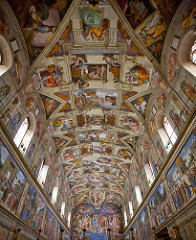

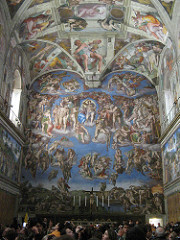
-fresco realized more than twenty years after the ceiling
-Change in style and mood
-Sack of Rome 1527
-During interval period: The Reformation in Germany under Martin Luther (95 Theses)
-Julius II had financed building of Vatican with sales of indulgences (forgiveness letters for sins), nepotism: Church posts for members of his own family
-Criticism of Roman Catholic Church leads to break away and division into a Catholic and Protestant (Lutheran) church
-Catholic Counter-Reformation
-council of Trente (1545-1563): Convince believers with splendor of churches
-Power of visual images tested here by Michelangelo
-Center: Risen Christ of Judgment Day
-Upper level, close to Christ: saved souls, angels, martyrs
-Lower level: souls cast into hell, tortured by daemons
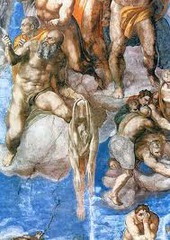
-St. Bartholomew: skinned alive
-Holds flaying knife and skin as sign of his martyrdom
-Face on skin: Self-portrait of Michelangelo?
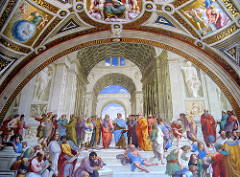
-Vatican: a vast treasure house filled with art
-Stanza della Segnatura- room of the Signature; papal library
-library’s four walls: allegorical frescoes of Theology, Law, Poetry, and Philosophy”
-Only “Philosophy” done by Raphael alone other walls by students
-Imaginary reunion of the greatest philosophers of all ages
-Center: Plato (with his book Timaens) and Aristotle (with his Nichomachaen Ethics)
-Plato’s side: ancient philosophers
-All sitters can be identified f. ex. Zoroaster and Ptolemy holding globes (lower right)
-Marble sculptures: Apollo and Athena
-A typical work of the culture of Humanism during the Renaissance
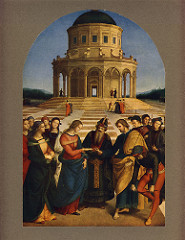
– Epitome of High Renaissance style; influence Leonardo and Michelangelo
-Iconography: Jacopo de Voragine’s The Golden Legend (13th century)
-(Fake) Legend about encounter Mary and Joseph (Christ’s parents)
-Mary will be betrothed to suitor whose rod is flowering
-Joseph wins Mary’s heart and marries her (puts right on her finger before priest0; other suitor breaks rod
-Classical environment – round temple; typical one-point perspective
-Iconography known from Leonardo: Virgin with Christ child and St. John the Baptist
-Shows da Vinci’s influence on Raphael: Iconograpy, atmospheric perspective, etc.
-Courtier (court officical of Pope Leo X
-Humanist, learned man
-Author of Book of the Courtier: lists qualities of a good courtier, noble descent, classical education, ability to flatter
-Portrait expresses distinction sitter
-Expensive coat (fur?)
-Neutral background: modern elements

2. Where monks would eat
3. Story of betrayal
4. Reaction to the moment-moment after Christ says someone will betray me
5. Christ says to his apostles “One of you will betray me,” and the apostles react, each according to his own personality.
6. Referring to the Gospels Leonardo depicts Philip asking “Lord, is it I?” Christ replies, “He that dippeth his hand with me in the dish, the same shall betray me.”
7. These are the moments that Leonardo has represented. We see Christ and Judas simultaneously reaching toward a plate that lies between them, even as Judas defensively backs away.
8. Know the importance of the moment without all the glamour
9. Geometry of the image Christ head in triangle with circle
10. Leonardo simplifies everything
11. Table is barrier between both worlds
12. Faces each tell story
13. Leo uses body to reveal soul
14. Four groups of three creating drama
15. Divinity of Christ in center
16. Painting in terrible condition because he used tempera and oil, painted on dry fresco
17. Finding a way of showing the perfect within the chaos of the human experience
The use of linear perspective in combination with ornate forms such as the sphinxes on the ends of the bench and the marble paneling tend to detract from the spirituality of the event.
In contrast, Leonardo simplified the architecture, eliminating unnecessary and distracting details so that the architecture can instead amplify the sense of spirituality.
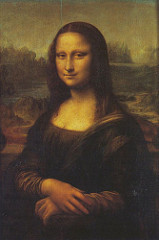
2. Painted in Florence
3. “Mona Lisa” is a portrait of Lisa Gherardini, the wife of Francesco del Giocondo which is why the painting is also known by the title, La Gioconda.
4. Stolen in 1911 became famous-only really famous since 20th century
5. Watch Khan academy video
6. Portraits took of during Renaissance compare and contrast Portrait de Battista Sforza et Federico da Montefeltro, 1472
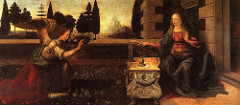
2. Looks like kind of painting that stays in ones studio for years being worked on intermittently-lacks cohesiveness
3. Angel sleeves are very similar
4. Several amateur mistakes
5. Awkward composition
6. The lectern or sarcophagus was similar to one in Verrocchio’s studio commissioned for Medici
7. Perspective in landscape is almost too perfect in that it doesn’t go with the flow
8. Insistence of the linear perspective without respecting the position of the figures sign of young painter-he learned the trick of perspective without making it harmonious
9. Also mistake spatially in that Virgin Mary places her farther hand on the nearer side of the lectern
10. Over time the angels wing was painted over to be longer originally a direct copy of a birds wing in a beautiful and natural way
11. There is subtle outline and modeling
12. Virgin Mary’s head very similar to the Baptism angel
13. Facial features seem to be drawn on rather than naturally part of the face.
14. Despite flaws the annunciation is still very beautiful and makes up for the technical flaws by its beauty in detail and mood
15. Really backs up the notion of his early sympathy with nature
16. Black trees against the grey sky-distant view of river and landscape
17. Flowers-compare to Botticelli-these are actually coming up from nature and show that they are truly alive
18. Space between the angel and Mary is alive and cohesive

2. Portrait probably made to celebrate her wedding
3. Bottom portion very damaged cut off, we have sketches that survive suggesting the hands were also included
4. Bush of juniper surrounding her head-play on words Ginevra and Juniper
5. See Leonardo practicing his signature technique-sfumato- smoky appearance to show gradation in color
6. Dramatic contrast of light and dark in background but the face is surprisingly bright
7. See Leonardo’s technique beginning to mature
8. Unsurpassed-his technique in painting her eyelids, the way the background is broken up with the juniper, her individuality
2. Contrast of architecture and nature-comp to annunciation
3. Extensive studies of many figures and animals
Triangular composition-echo figures and architecture
4. Portrait old philosopher-young soldier (portrait of Leonardo?) contrast youth and age, moral and physical beauty, active and passive intelligence
5. Arches and glances support composition
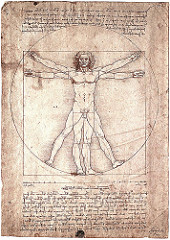
2. Shows man as perfect geometric model for architecture-human body ultimate expression of cosmos
3. Science and art as one-geometric proportions governed natural world
4. “Man is the model of the world”
5. Inspired by Vitruvius
6. Perfect building should reflect perfect proportions-man
7. Where is the Vitruvian Man-Venice.
8. Looks like a carving
9. All about proportions of body and relation to architecture
10. Ratios all come from Vitruvius
11. Perfect ratios-mans body is proportion to geo and mathematics
12. Those proportions would create the perfect structure
13. Circle and square most perfect shapes-temples
14. Leonardo obsessed with mathematics
15. How did he fit the circle in the square so perfectly
16. Leonardo would say art is a science-form function and beauty locked together
17. Andrea Palladio put Vitruvius concepts in action
Putting man in universal context
18. Anatomically perfect
19. Were the proportions correct? Was he right?
20. Captured movement in the double pose
21. Architecture anatomy and nature
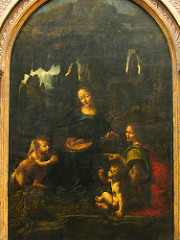
2. Completed by workshop
3. Started 1491-1508
4. Didn’t get the money he wanted so he sold it to someone else so he had to make another one
5. Natural world becomes throne
6. Mary, John Baptist and Jesus, arch angel
7. Many gestures are graceful and complex
8. Composition unified
9. Mary hand on John directing towards Christ
10. Christ in his own space
11. Angel is so divine
12. Foreground water, purity, John Baptist
13. Figures revolved around space of her womb
14. Sfumato softness
15. Flowers





